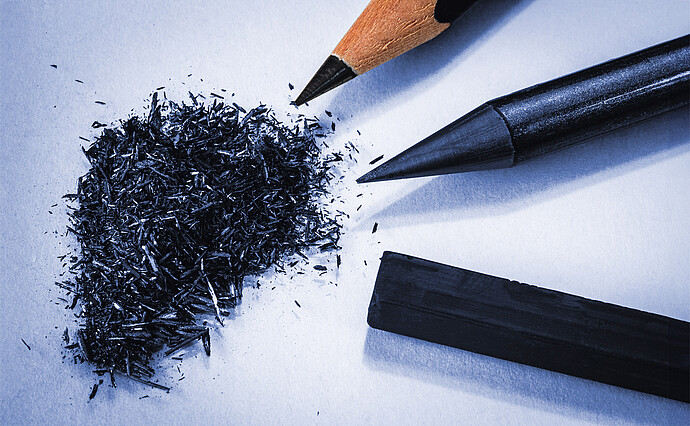
Graphite: From Pencil to Energy Storage
2024-03-22 | Corporate
Once just known as the main component of pencils, today it is an indispensable component in lithium-ion batteries: graphite. The surface area of the mineral plays a decisive role in optimizing battery performance.
3.5 million tons per year
Graphite is the most stable form of carbon and is used, for example, in lubricants and pencils. However, its high electrical conductivity also makes graphite an essential component of many electronic products such as batteries, electrodes and solar cells.
Today, graphite is the driving force behind lithium-ion battery technology, with up to 95 % of anodes made from the material. Global consumption currently stands at 3.5 million tons per year, and the trend is rising.
Precise measurement with the Nova series
The surface area of the graphite has a strong influence on battery performance. “It influences the rate at which lithium ions can both penetrate between and leave the graphite layers (lithiation/de-lithiation mechanisms). However, too much surface area can potentially cause problems, such as an increased reduction in capacity through undesirable chemical reactions. Therefore, it is important to precisely control the milling of the graphite to achieve the best surface area for the targeted performance characteristics,” explains Dr. Martin Thomas, Lead Scientist at Anton Paar QuantaTec.
By accurately measuring the surface area, the performance of graphite in batteries can therefore be optimized. This is where the method of gas adsorption comes in – instruments of the Anton Paar Nova Series provide fast and accurate measurements of the surface area of various graphites, including those with relatively low surface area.
Basis for sustainable energy
Graphite remains a cornerstone of battery technology, and advances in measurement technology will make it possible to continuously optimize the performance of graphite and strengthen its role in the energy transition.
“This makes it clear that graphite is not just a simple writing tool, but a highly developed material that represents an important component for a sustainable energy future,” says Dr. Martin Thomas. “Graphite will continue to play a major role in battery technology, and with precise measurements and controls of its surface, perhaps an even greater role than before.”